Vintage Gaming Magazines That Were Once A Gamers Only Lifeline
PocketEpiphany
Published
05/22/2021
in
ftw
If video killed the radio star, what killed the game magazine industry? The internet, of course!
Internet game sites have long since replaced magazines as a source of gaming news and reviews. But back in the day, these magazines were our only window into the larger world of gaming. And here are the coolest of the vintage gaming magazines.
Internet game sites have long since replaced magazines as a source of gaming news and reviews. But back in the day, these magazines were our only window into the larger world of gaming. And here are the coolest of the vintage gaming magazines.
- List View
- Player View
- Grid View
Advertisement
-
1.
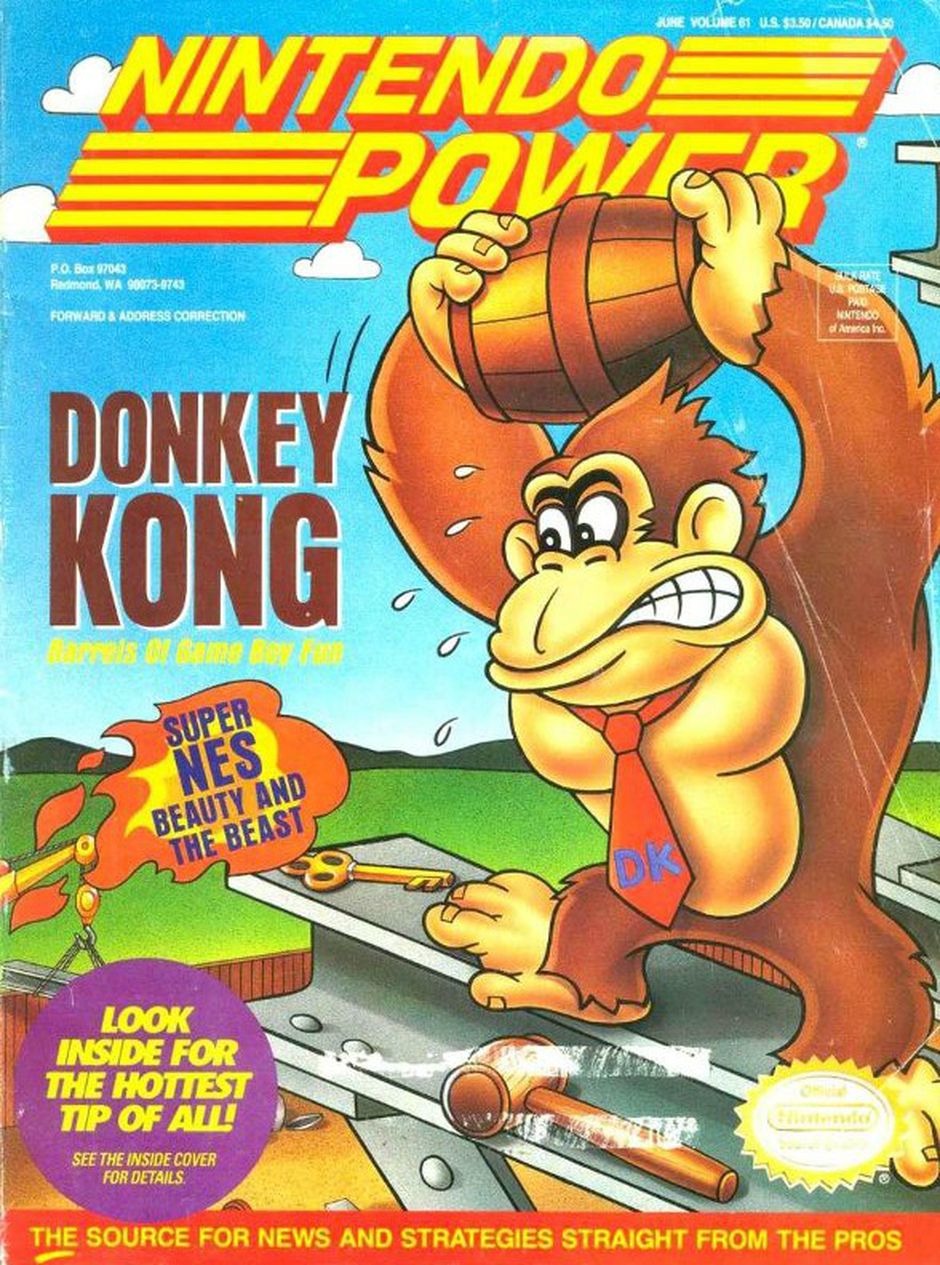 Nintendo Power
Nintendo Power
It’s easy to dismiss Nintendo Power as a bit of a propaganda magazine. After all, it was Nintendo telling you to buy Nintendo games...not much in the way of objective journalism there!
But Nintendo Power also offered great guides and strategies for various Nintendo games. And they had amazing comics that helped bring game characters and their worlds to life. Plus, the sheer artistry of the magazine was great and is currently being chronicled by Art of Nintendo Power (@ArtofNP) on Twitter. -
2.
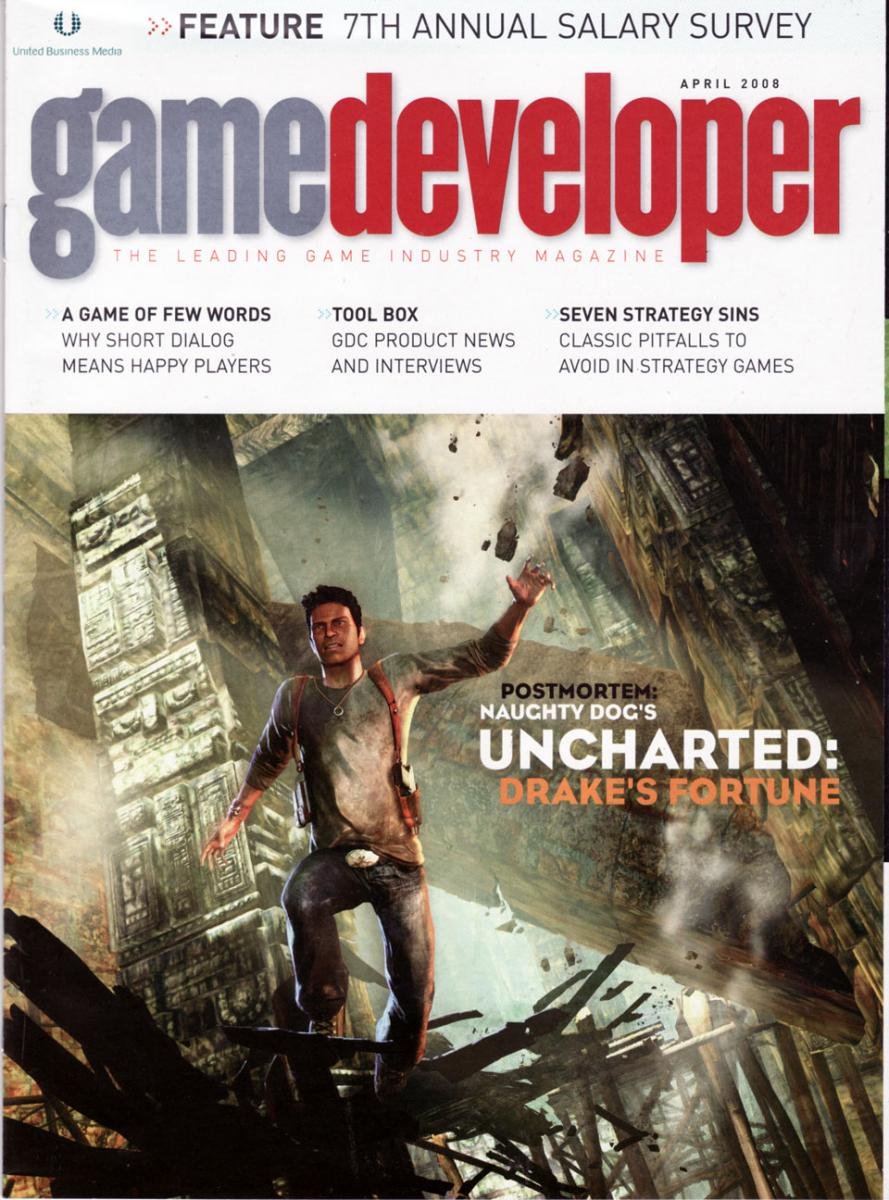 Game Developer
Game Developer
As divisive as games can be, there is one thing every gamer has in common. At some point, each gamer thinks to themselves “I bet I could make a great game.”
Back in the day, the best magazine for aspiring game creators was Game Developer. Instead of focusing on simple gaming news and reviews, this publication examined game programming, gaming audio, quality control...pretty much everything about game development.
The magazine also tallied up “What Went Right” and “What Went Wrong” with their “Postmortem” column. Considering that failure remains the greatest teacher, this column helped the game designers of tomorrow learn from yesterday’s mistakes. -
3.
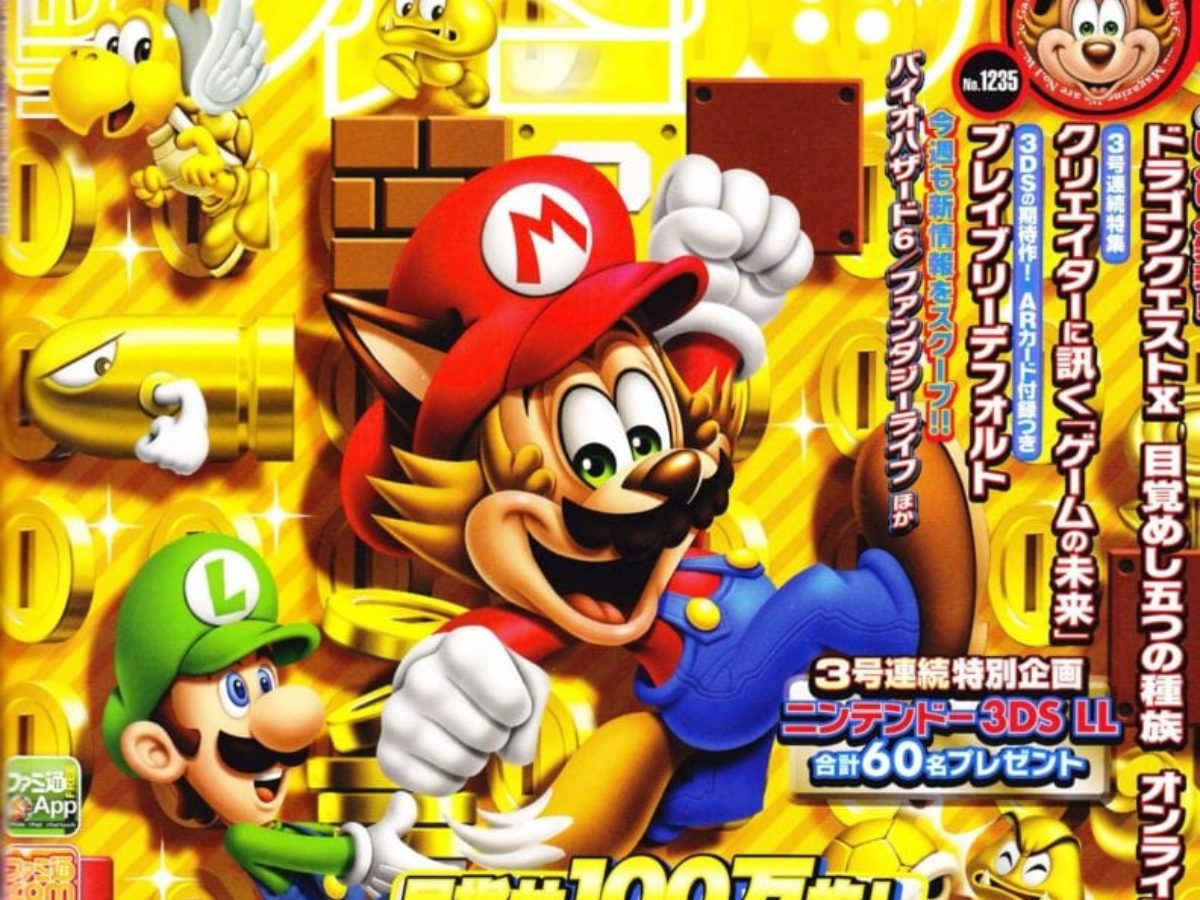 Famitsu
Famitsu
Famitsu is one of the most interesting gaming magazines ever created. Though most gamers have never read this Japanese publication, this magazine has served as a gaming tastemaker for decades!
Much of this comes down to Famitsu’s in-depth review methodology. Games are reviewed by a panel of four people, and their reviews add up to a final score, with 40 being as high as it gets. And games getting the rare perfect score to become sought-after by players across the globe.
Famitsu is also still around and drops weekly issues. That’s how important the magazine still is during a time when most gaming magazines have turned to dust! -
4.
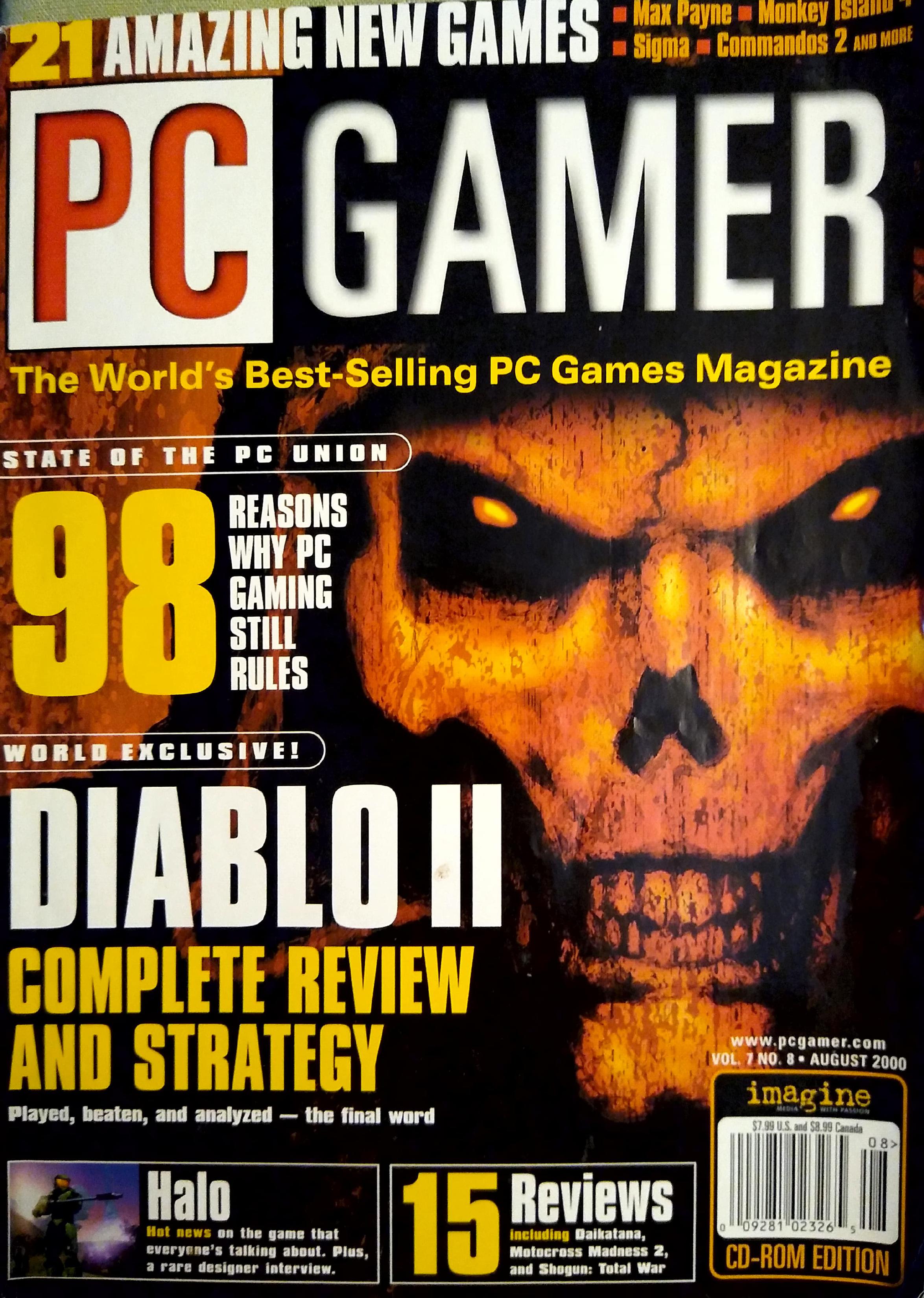 PC Gamer
PC Gamer
Most of the magazines on this list focused on console games. But if you were a PC gamer back in the day, the only magazine for you was PC Gamer.
This magazine started in 1993 and it helped to chart all of the major changes in PC gaming for decades. And as technology changed, subscribers to the magazine could enjoy free floppy discs, CD-Rom demos, and DVD demos.
And unlike the other titles on this list, PC Gamer has withstood the test of time. You can still subscribe to this magazine today if you don’t mind getting your gaming news the old-fashioned way. -
5.
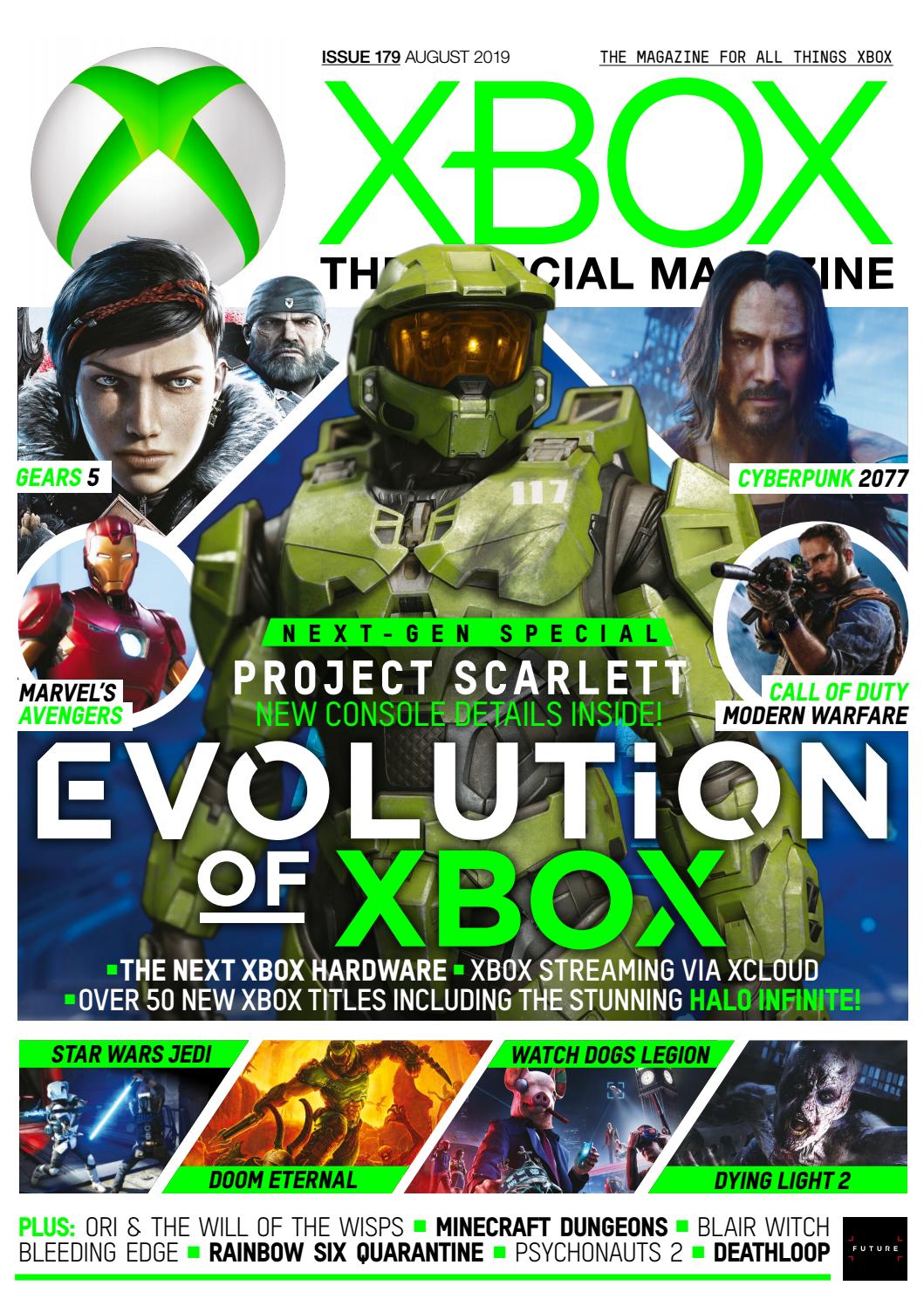 Official Xbox Magazine
Official Xbox Magazine
As the name implies, the Official Xbox Magazine focuses entirely on Xbox games. And while their editorial features and reviews were always great, the true stand-out star of this publication was the demo discs!
Until 2012, the magazine came with demo discs of different titles. On top of that, some of the included discs helped provide backward compatibility features for Xbox 360 owners who didn’t have an internet connection.
While the idea of having no internet access sounds like a modern nightmare, the fact that this magazine took care of such players shows how much they were dedicated to making gaming accessible to everyone. -
6.
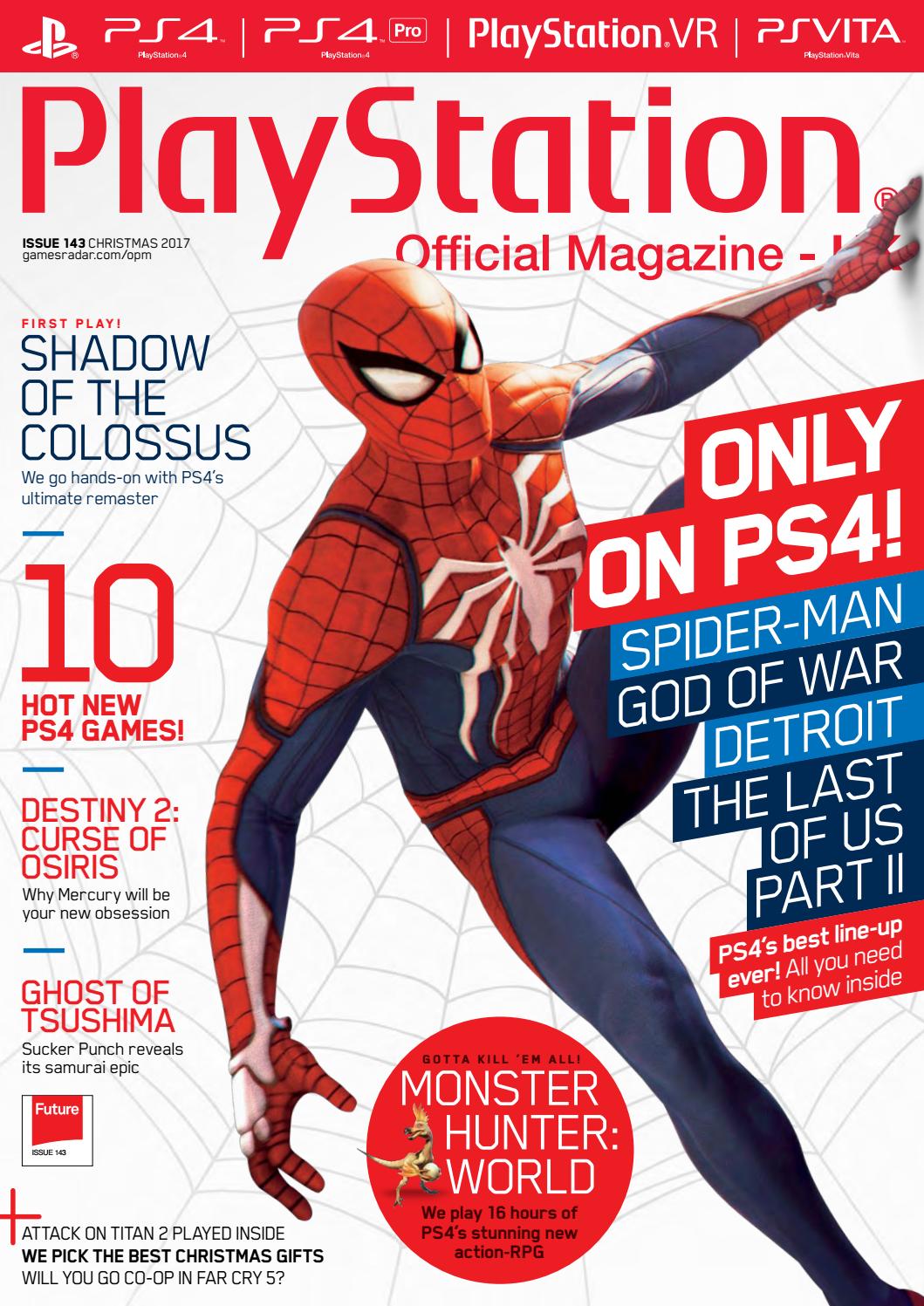 PlayStation: The Official Magazine
PlayStation: The Official Magazine
Obviously, determining which vintage gaming magazines were the best is a matter of opinion. But PlayStation: The Official Magazine is a publication that had to prove itself the hard way!
Basically, the publication started as PlayStation Magazine. And then PSM became popular enough to become the new official Playstation magazine, replacing the original Official U.S. PlayStation Magazine.
In addition to quality news and reviews, some of the “extras” packed into the magazine, like labels for your PlayStation memory cards, were very fun and memorable. -
7.
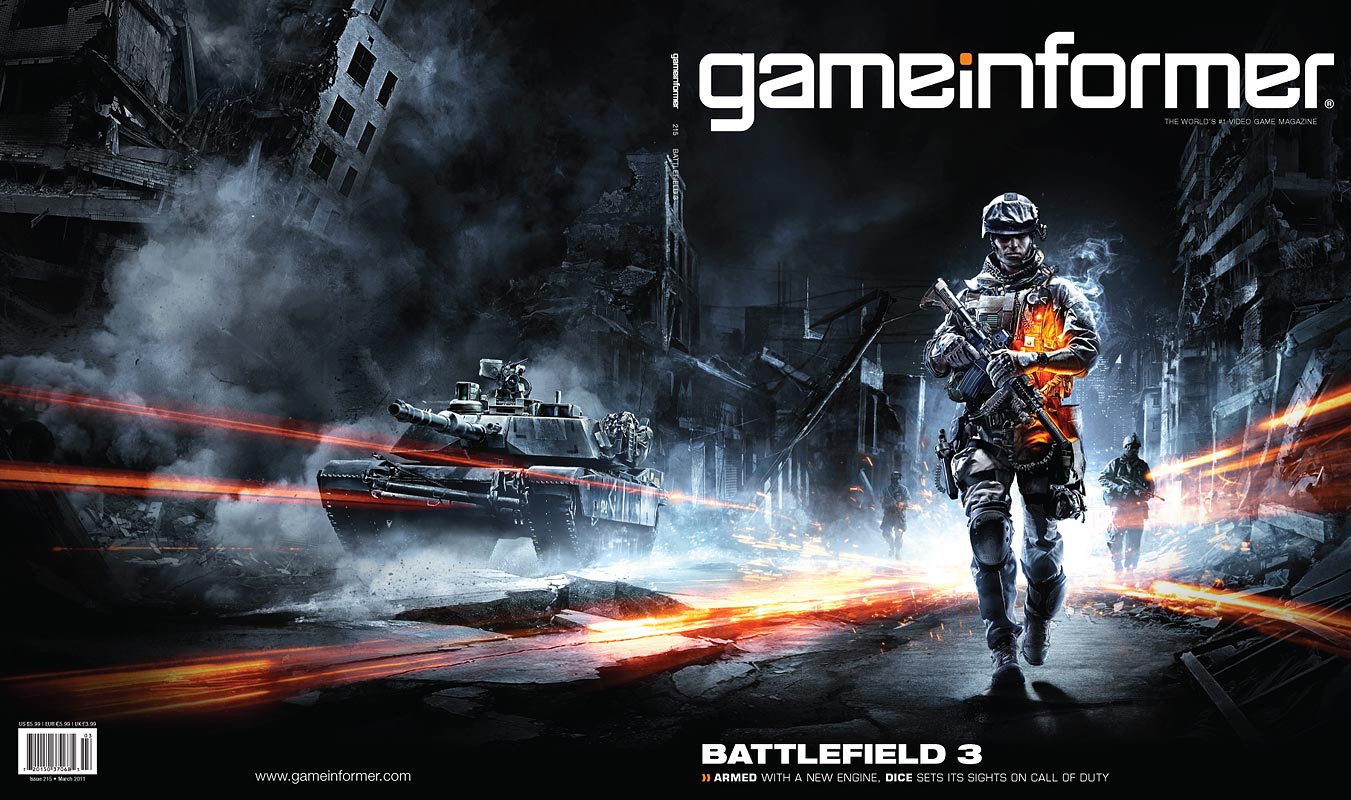 Game Informer
Game Informer
These days, Game Informer has the dubious honor of being the “free” magazine you get as part of your GameStop membership. But this magazine goes back to 1991 and helped pave the way for much of our modern games journalism.
What Game Informer did (and still does) best is offering great sneak peeks at upcoming titles. And even in the agent of the internet, they still get scoops that make it worth renewing your membership.
I particularly enjoyed their “Sacred Cow Barbeques,” which were designed to roast some of the most revered titles in gaming for their (sometimes hidden) flaws. -
8.
 Edge
Edge
“Edge” is more than just a catchphrase used by Nick Wiger on How Did This Get Played. It’s also the name of a gaming magazine that did everything a bit differently.
This magazine was arguably at its best giving us behind-the-scenes info about games. That included cool “making of” features as well as a look under the hood of various consoles’ technical capabilities. Basically, if you were as interested in how games were made as to how they were played, this is the mag for you. -
9.
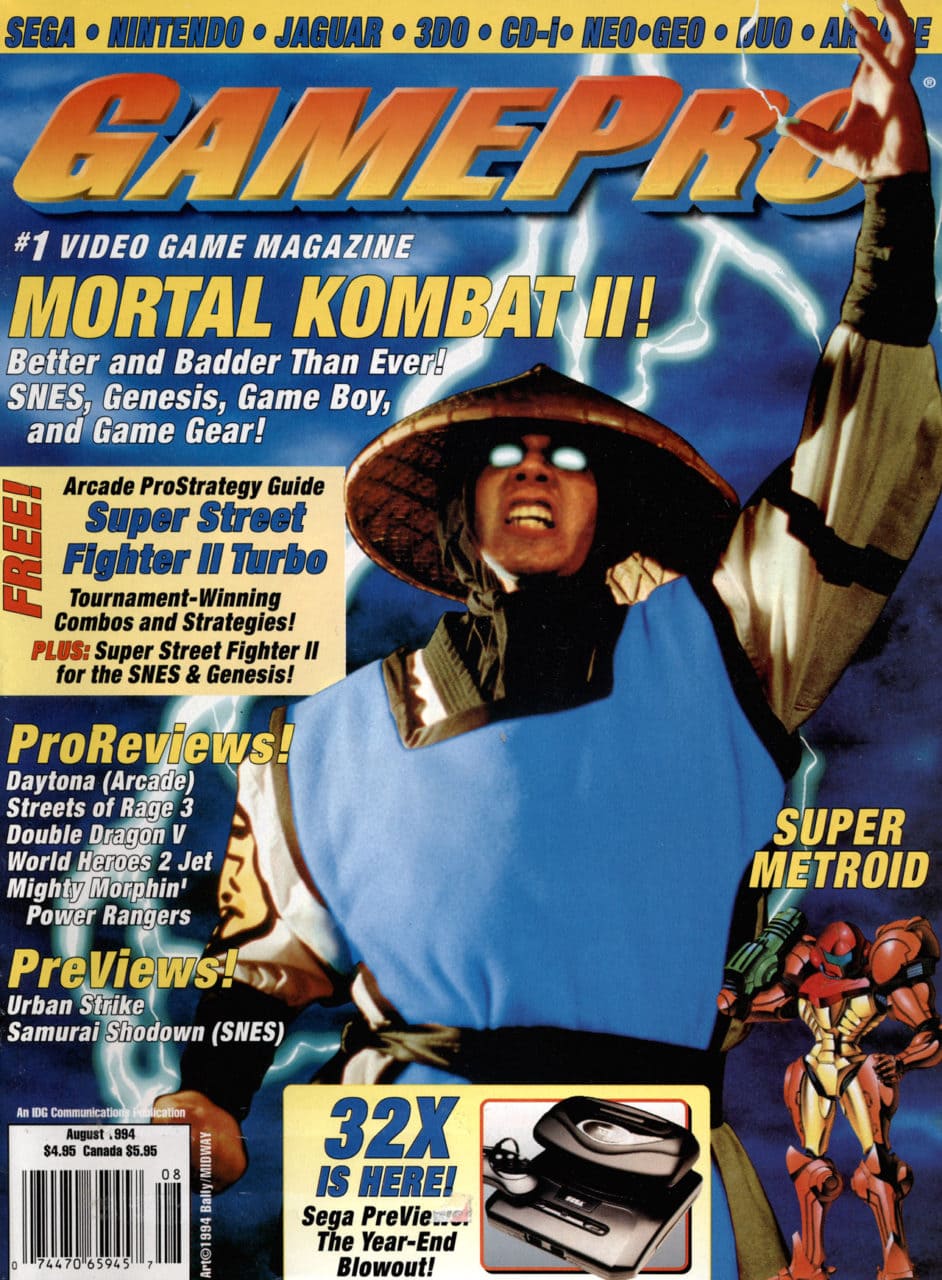 GamePro
GamePro
If EGM was Coca-Cola, GamePro was Pepsi. These were two competitors that covered the same beats, but GamePro managed to do a few things to separate themselves from the competition.
For example, Gamepro’s custom art covers usually blew EGM out of the water. And the comic avatars of the different editors gave the entire magazine and its review crew a memorable and fantastic look. -
10.
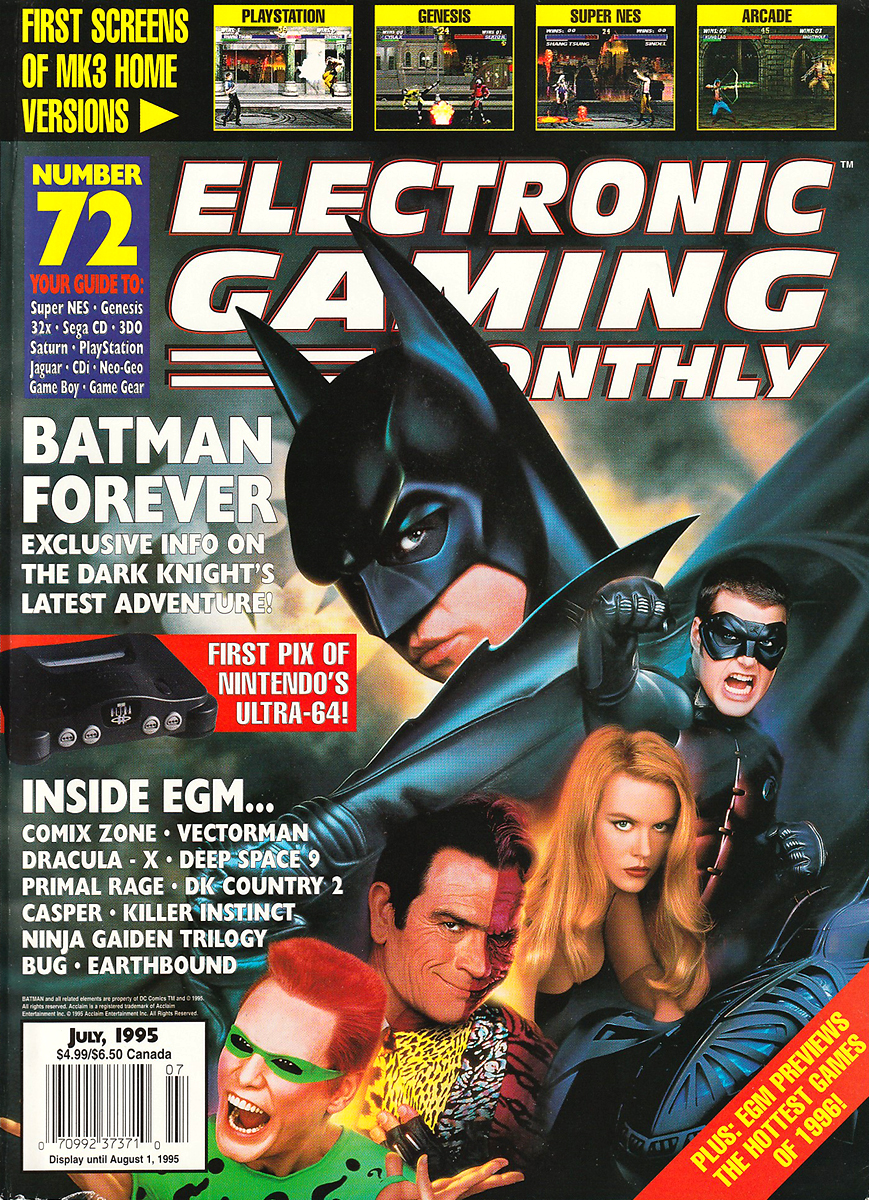 Electronic Gaming Monthly
Electronic Gaming Monthly
While haters are likely to hate, it’s fair to say that Electronic Gaming Monthly was the best of the vintage game magazines. In addition to providing great gaming coverage, the magazine did a good job of making the writers and staffers interesting “characters” in their own right.
The magazine also helped create some great April Fool’s prank rumors about games that players still talk about to this day. And as a youngster, reading rumors from the Q-Man was the next best thing to actually having an uncle who worked for Nintendo.
- NEXT GALLERY
-

- 46 Dope Images to Chill With
Nintendo Power
It’s easy to dismiss Nintendo Power as a bit of a propaganda magazine. After all, it was Nintendo telling you to buy Nintendo games...not much in the way of objective journalism there!
But Nintendo Power also offered great guides and strategies for various Nintendo games. And they had amazing comics that helped bring game characters and their worlds to life. Plus, the sheer artistry of the magazine was great and is currently being chronicled by Art of Nintendo Power (@ArtofNP) on Twitter.
10/10
1/10


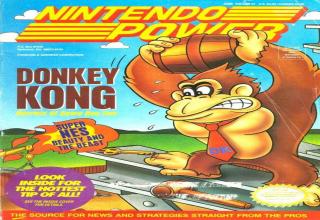
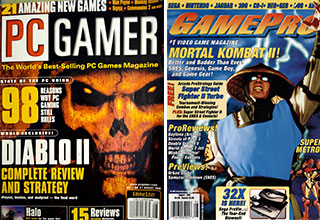




2 Comments